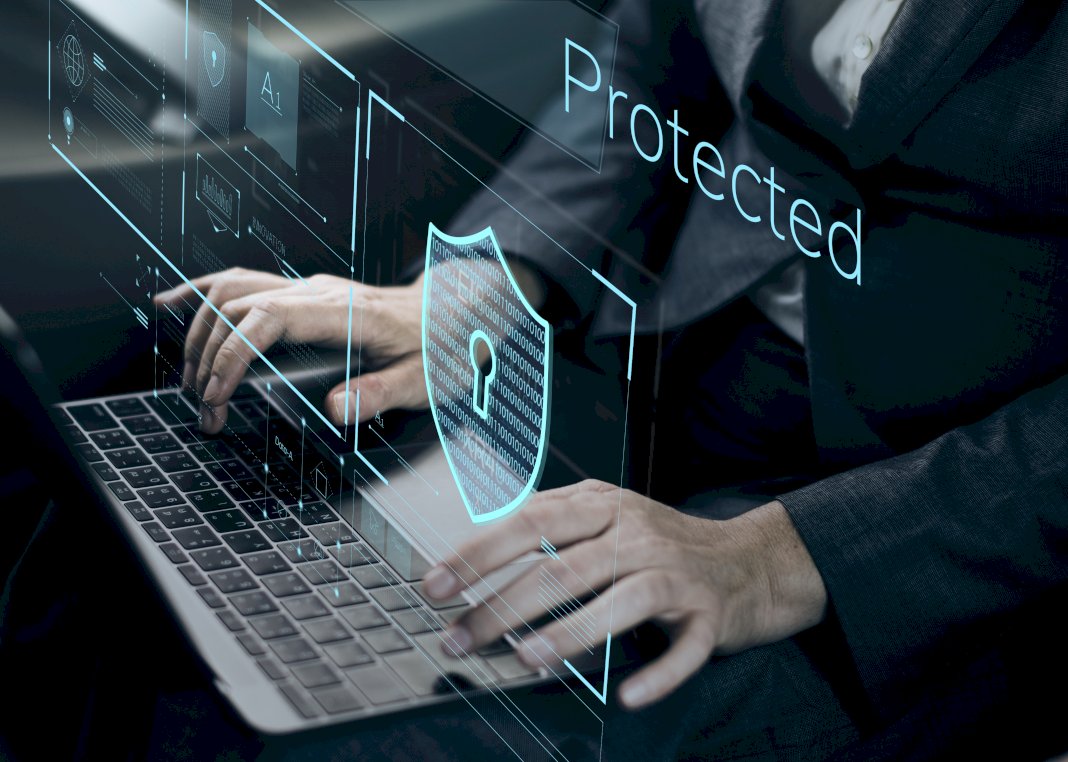- Thorough background checks, including identity verification, employment history, and reference checks, enhance workplace security.
- Automated Secure Alarm Protocol efficiently detects threats, triggering alerts and ensuring business safety.
- Cybersecurity education, including strong password policies and safe browsing habits, forms the primary defense against cyber threats.
- Implementing multi-factor authentication provides an extra layer of security, reducing successful phishing attempts or identity theft.
In today’s world, corporate security is becoming more important than ever before, with increasing threats of cybercrime, theft, and workplace violence. As an entrepreneur or business leader, providing a secure working environment is a crucial responsibility. Protecting your employees, clients, and intellectual property is a top priority. This blog post will discuss advanced measures you can take to create a secure workplace.

Conduct Background Checks on All Employees and Contractors
The first step in creating a secure workplace is to conduct thorough background checks on everyone who has access to your company and its assets. This includes not only employees but also contractors, vendors, and suppliers. A background check can reveal criminal records, credit history, and other red flags. Here are other factors to take into account:
Identity Verification
Confirming the identity of your employees and contractors is an essential aspect of a secure workplace. Identity verification involves validating personal information provided by the individual against multiple data sources. This process helps ensure that the person is who they claim to be, reducing the risk of fraudulent activity. By implementing rigorous identity verification protocols, you will also discourage individuals with dishonest intentions from infiltrating your organization.
Employment History
Examining an individual’s employment history is another key part of creating a secure workplace. It is vital to verify the authenticity of the information provided, such as previous job titles, responsibilities, and reasons for leaving. This can give you insights into their work ethics, reliability, and potential risks they might pose to your business.
Reference Checks
Reference checks are an invaluable tool in the vetting process to ensure a secure workplace. By reaching out to the provided references, you can gain firsthand accounts of a potential hire’s professional conduct, character, and qualifications. In addition, this process can provide insights about the candidate’s strengths, weaknesses, and how they interact within a team. Keep in mind, though, that consistent positive feedback from references does not guarantee an individual’s trustworthiness. It should be just one part of a comprehensive background check.
Implement Automated Secure Alarm Protocol (ASAP)
Implementing Automated Secure Alarm Protocol (ASAP) is a pivotal part of creating a robust security strategy in the workplace. The hallmark of efficient ASAP security services lies in their ability to detect threats and potential breaches swiftly, releasing alerts to both onsite security personnel and remote monitoring services.
These alarm systems are often integrated with other security measures, such as CCTV cameras and access control systems, enhancing their effectiveness. The immediate response triggered by these services can significantly minimize potential damages, thereby ensuring the safety and security of your employees and business assets.
In some cases, ASAP security services can also provide real-time alerts to local law enforcement, allowing for a faster response time in case of emergencies. This advanced measure is especially vital for high-risk businesses or those located in areas with higher crime rates.
Educate Employees on Cybersecurity
Educating employees about cybersecurity is a crucial step in bolstering your workplace’s safety. An informed workforce is your first line of defense against cyber threats. Regularly conduct training sessions to educate employees about common cyber threats, such as phishing scams, malware, and ransomware, and how to identify and respond to them. Here are other things that you can do with your employees:
Promote Strong Password Policies
Promoting strong password policies is an essential aspect of cybersecurity education. Employees should be encouraged to use complex, unique passwords for each of their work-related accounts and avoid common password pitfalls such as using personal information or common words. Regularly changing passwords and utilizing multi-factor authentication can further enhance security.
Practice Safe Browsing Habits
Employees should be educated on the importance of safe browsing habits. This includes avoiding suspicious websites, not clicking on unverified links, and being cautious when downloading files from the internet. Additionally, employees should understand why they should not use public Wi-Fi networks for work-related tasks, as these networks are often unsecured and can expose sensitive data to potential cyber attackers.
Implement Multi-factor Authentication
By implementing multi-factor authentication, you add an extra layer of security, making it more challenging for cybercriminals to gain unauthorized access to your systems. This process requires users to provide two or more verification factors to access a resource, such as an application, online account, or VPN. These factors can include something the user knows (like a password), something the user has (like a smart card), or something the user is (like a fingerprint or voice pattern). Multi-factor authentication not only reduces the risk of successful phishing attempts and identity theft but also significantly enhances workplace security.
Creating a secure workplace requires a proactive approach to identify and mitigate potential hazards. A few advanced measures, such as conducting thorough background checks, implementing ASAP security services, and educating employees on cybersecurity, can go a long way in ensuring the safety of your workforce and business assets. By taking these measures, you are not only protecting your company but also instilling a sense of trust and confidence within your employees and clients.


